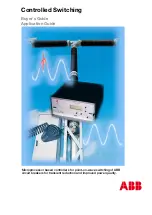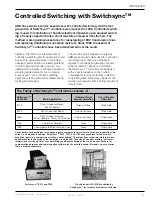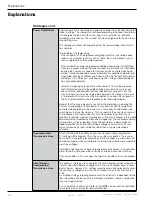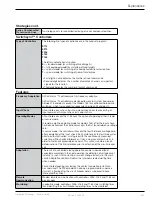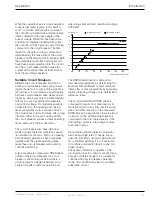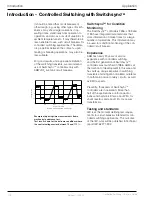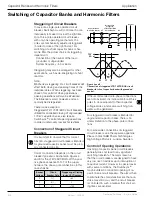
Controlled Switching — Buyer´s Guide
B-2
Edition 2, 2006-09
Explanations
Load Characteristics cont.
Series Compensated
Transmission Lines
Line is characterized by having series capacitors forming a part of the line.
Since the operating conditions may vary (bypassing series capacitor or not
when interrupting healthy phases) the line voltage will be unpredictable.
Combination with shunt reactor compensation may also apply.
Strategies
Shunt Capacitor
Banks
Strategies are worked out for energizing all types of shunt capacitor banks
and harmonic filter banks (grounded as well as ungrounded). The strategies
involve energizing the load close to voltage zero across the circuit breaker
contacts thereby avoiding energizing transients. The strategy assumes that
the banks are discharged prior to energizing.
For controlled opening, the strategy is to avoid short arcing times resulting
in the highest risk for reignitions or restrikes. The need for controlled
opening will depend on circuit breaker performance, load conditions and
system frequency.
For some applications it may be useful to de-energize a capacitor bank
or filter bank such that it will be left at a certain voltage polarity. This is
possible since the controller reference is a rectified signal making it possible
to set the target with respect to the voltage polarity.
Shunt Reactors
All types of shunt reactors, independent of magnetic and electric circuit,
can be switched in a controlled manner. The strategy for controlled opening
is to select arcing times long enough to avoid reignitions at de-energizing.
The strategy may vary depending on the size of the shunt reactor.
The strategy for controlled closing is to energize at instants resulting in
flux symmetry (current symmetry) thereby minimizing the risk for nuisance
tripping and rotor vibrations in nearby generators due to zero sequence
current.
An alternative strategy for controlled energizing is to energize the reactor
such that the voltage fronts will be minimized. This will require energizing
close to voltage zero and there is no possibility to find compromise targets
to reach both low inrush currents and low voltage fronts. It should also be
noted that the zero sequence current protection needs to be disabled for a
certain time or needs to be made less sensitive.

